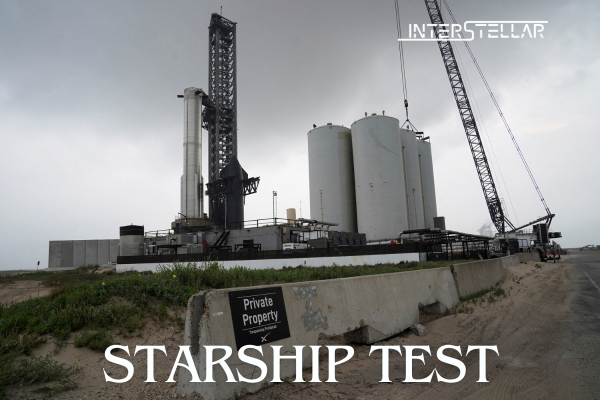SpaceX’s Starship to Attempt Fourth Test Flight with Key Objective: Survive Re-Entry
SpaceX’s giant Starship rocket is scheduled for its fourth test flight on Thursday, aiming to survive re-entry through Earth’s atmosphere—a phase where the rocket failed during its last attempt.
Mission Details
The two-stage Starship rocket, standing nearly 400 feet (122 meters) tall, is set to launch from SpaceX’s facilities in south Texas as early as 7 a.m. local time (1200 GMT). This mission is part of SpaceX’s test-to-failure development campaign led by Elon Musk.
Starship is designed to be more cost-effective and powerful than the Falcon 9 rocket. It represents the future of SpaceX’s satellite launch and astronaut missions. NASA plans to use Starship to land astronauts on the moon in the next few years, marking the first moon landing since 1972.
Previous Attempts
Each Starship test has progressively achieved more before failing. The first launch in April 2023 exploded minutes after liftoff at around 25 miles (40 km) above ground. The second attempt in November reached space but exploded soon after. The most recent flight in March made it much farther but broke apart during atmospheric re-entry.
Thursday’s Flight Objectives
Thursday’s flight will attempt to surpass previous achievements. The rocket’s first stage, Super Heavy, will ignite its 33 Raptor engines for liftoff and then separate from the Starship second stage, which will blast further into space. Super Heavy is expected to re-ignite some engines and return toward the Gulf of Mexico for a “soft splash-down,” simulating a land landing.
In space, Starship will orbit the globe, aiming for the Indian Ocean to attempt atmospheric re-entry. The rocket is covered with hundreds of black tiles designed to withstand the extreme heat of re-entry at hypersonic speeds.
Importance of the Mission
“The main goal of this mission is to get much deeper into the atmosphere during reentry, ideally through max heating,” Musk stated on social media.
SpaceX’s development of Starship is crucial for NASA’s plans to return astronauts to the moon by 2026. This mission also forms part of a broader space race with China, which aims to land astronauts on the moon by 2030. China has recently made significant advances in its lunar program, including a second landing on the moon’s far side for a sample retrieval mission.
Despite rapid development, Starship’s progress has been slower than Musk anticipated. A Japanese billionaire who initially paid for a Starship flight around the moon canceled his trip last week, citing schedule uncertainties. Additionally, a Reuters investigation revealed that Musk’s rapid development pace has raised safety concerns for SpaceX workers in Texas and California.





